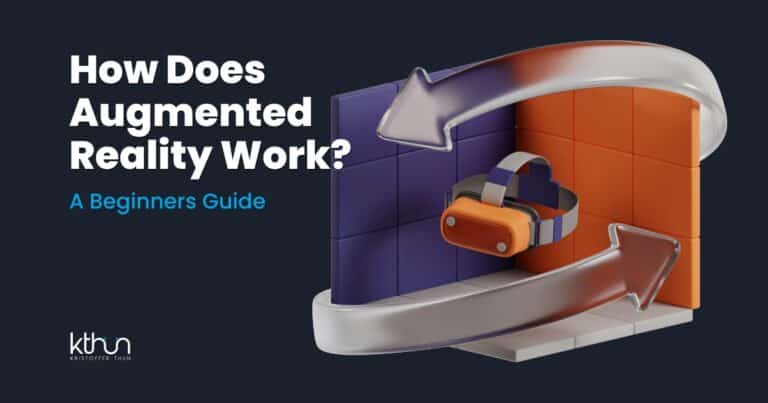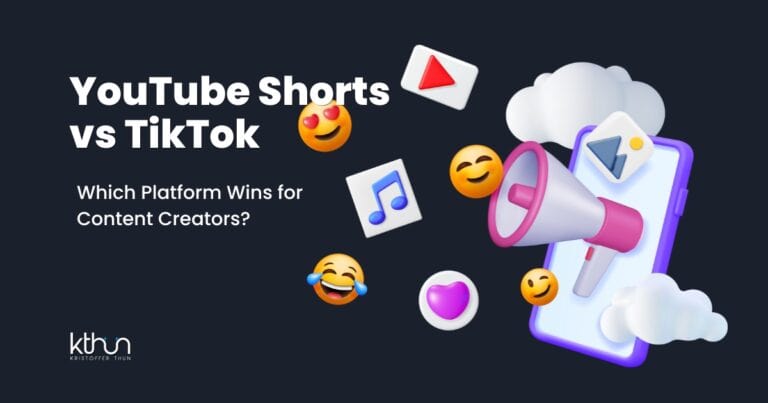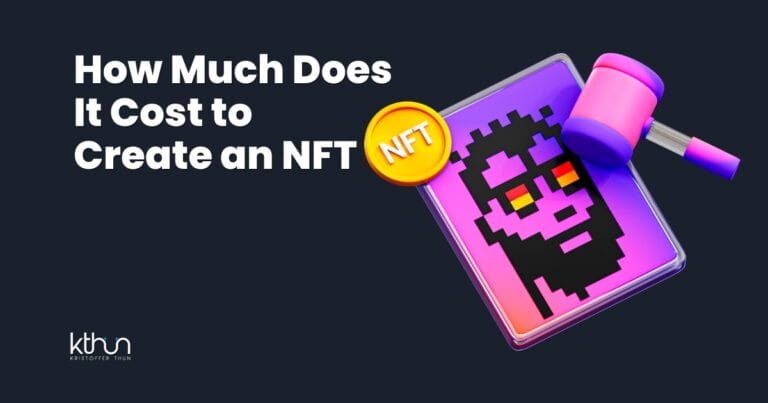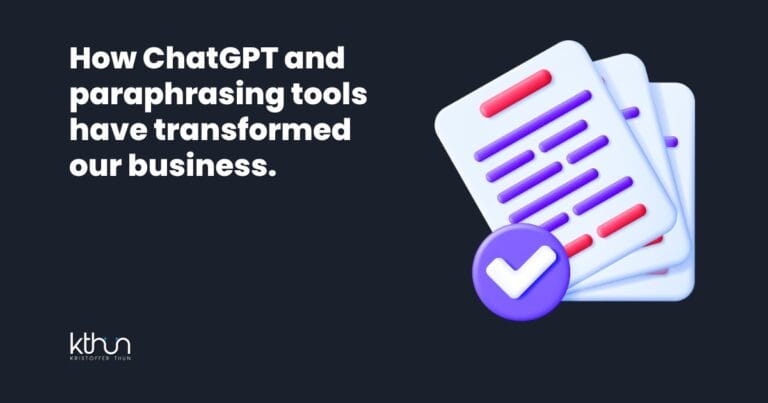Ever asked an AI to “write a ___” and got a boring or mediocre result?
I did too.
The results felt flat and predictable. Then I discovered how to actually write good prompts.
Prompt engineering is the skill of crafting effective instructions for AI systems to get better results. It’s like learning the right way to ask questions to get thoughtful answers.
Creative prompt engineering turns basic AI conversations into exciting creative partnerships. This approach focuses on sparking imagination rather than just getting facts.
The right prompts can help AI generate fresh ideas, unique stories, and surprising concepts.
This guide covers practical ways to boost AI creativity through better prompts.
You’ll learn useful techniques, proven frameworks, and real examples.
These techniques work with many AI creative tools available today, allowing you to get more innovative results regardless of which platform you prefer.
Let’s dive in!
I partner with awesome companies that offer products that help my readers achieve their goals! If you purchase through my partner links, I get paid for the referral at no additional cost! For more information, visit my disclosure page.
Understanding the Foundations of Creative Prompt Engineering

AI systems handle creativity differently than humans do.
We develop creativity through life experiences and emotions. AI creates by predicting what should come next based on patterns it learned during training.
This key difference affects how we craft creative prompts. The AI doesn’t truly “imagine” things. It makes predictions based on your input prompt. Your prompt guides its generation process.
Good creative prompts need balance.
Too vague (“be creative“), and you’ll get generic results.
Too specific (“write about a red fox at sunset“), and you limit what the AI can do.
Creative prompting differs from fact-based prompting in several ways:
- It values new possibilities over correct answers.
- It seeks unexpected connections rather than facts.
- It encourages exploration instead of information recall.
The goal changes from getting exact answers to discovering interesting ideas. This mindset shift helps unlock more creative AI responses.
Essential Techniques for Crafting Creative Prompts
Certain prompt techniques consistently produce more creative results. Let’s explore methods that push AI beyond ordinary responses.
Adding sensory details greatly improves creative quality. Compare these prompts:
“Write about a forest.”
Versus:
“Write about a forest where trees whisper stories and glowing mushrooms light the path.”
The second prompt gives sensory anchors while leaving room for creative exploration.
Limits can boost creativity. Constraints force new thinking paths.
Try prompts like:
“Write a story without using the letter ‘e'” “Create a business idea mixing farming and virtual reality” “Describe happiness using only sounds and textures”
These limits push AI to find novel solutions.
Your prompt structure affects creative results.
Phrases that work well include:
“Imagine an unexpected way to…” “Consider a perspective where…” “What might happen if…”
These patterns signal to the AI that standard answers won’t work.
Emotional tone guides creative direction.
Setting an emotional context helps:
“With a sense of wonder, describe…” “From a place of calm reflection, create…” “With playful energy, write…”
This emotional framing creates a foundation for more nuanced creative outputs.
Advanced Frameworks for Creative Prompt Design
Beyond basic methods, several frameworks can enhance your creative prompting.
The Creative Expansion Framework uses iterative development through a four-stage process:
- Seed: Begin with a basic creative prompt
- Expand: Ask for multiple variations
- Select: Pick the most promising direction
- Refine: Develop that direction with more detailed prompting
This iterative approach helps explore creative possibilities while maintaining direction.
The Contrastive Generation Technique creates uniqueness through deliberate contrast:
“Write a love poem that uses mechanics and engineering metaphors instead of traditional romantic imagery.” “Design a futuristic city based on biological systems rather than geometric patterns.” “Create a business strategy that applies forest ecosystem principles to supply chain management.”
These contrasts force the AI to bridge seemingly unrelated domains, generating fresh connections.
Perspective Shifting generates diversity by specifying unusual viewpoints:
“Describe morning rush hour from the perspective of a traffic light.” “Explain blockchain technology as if you were a medieval blacksmith.” “Write about climate change from the viewpoint of a 500-year-old tree.”
These perspective shifts break predictable patterns and generate insights that might otherwise remain undiscovered.
Cross-domain synthesis combines principles from different fields:
“Apply quantum physics concepts to improve storytelling techniques.” “Use architectural principles to structure a musical composition.” “Incorporate dance choreography methods into software design.”
These cross-domain prompts encourage the AI to make connections between fields that rarely interact, creating truly innovative outputs.
Case Studies: Successful Creative Prompt Engineering in Action
Let’s look at real examples of creative prompt engineering across different fields.
For storytelling, creative prompting transforms generic outputs into compelling narratives. Compare:
Basic prompt: “Write a short story about time travel.”
Enhanced prompt: “Write a story where someone finds messages from their future self. Use sensory details that mix childhood memories with adult life. End with a twist that changes everything.”
The enhanced prompt provides structural guidance and emotional markers while leaving creative space for the AI to develop the concept.
For visual content description, prompts that layer abstract concepts with concrete details yield better results:
Basic prompt:
“Describe a beautiful landscape painting.”
Enhanced prompt:
“Describe a landscape painting that captures the tension between human presence and wilderness. The image should evoke both tranquility and unease through its use of light, perspective, and symbolic elements. Focus on how the artist uses color to guide the viewer’s emotional journey through the scene.”
The better prompt provides guidance while leaving creative space for the AI.
For visual descriptions, layered prompts yield richer results:
Basic prompt:
“Describe a landscape painting.”
Enhanced prompt:
“Describe a landscape painting that shows both peace and tension. Focus on how light creates mood and how colors guide the viewer’s feelings.”
This approach creates more nuanced descriptions that could inspire artists or image generators.
For business ideas, creative prompts uncover new concepts.
Basic prompt:
“Generate retail business ideas.”
Better prompt:
“Create retail business concepts that flip the normal customer journey. What if shopping ended before it began? What if customers experienced products before choosing them?”
This structured disruption leads to more innovative ideas than general prompts.
This structured disruption of conventional thinking leads to more innovative concepts than general ideation prompts.
Overcoming Common Challenges in Creative Prompt Engineering

Creative prompting faces several common problems. Here’s how to solve them.
Generic outputs happen when prompts don’t push beyond common ideas.
When this occurs:
- Ask directly for novelty: “Create ideas no one has tried yet”
- Remove obvious options: “Solve this without using common approaches”
- Request self-awareness: “Identify what makes this predictable, then do something different”
These methods help push the AI past default patterns.
Keeping quality consistent across outputs requires structure:
- Create template prompts with set elements
- Include clear quality standards in your prompts
- Number your requests for better organization
- Save successful prompts for future use
This systematic approach builds reliable creative frameworks.
Finding the right balance between guidance and freedom matters. Too much direction limits creativity. Too little creates chaos.
Try:
- Separate must-have elements from suggestions
- Use phrases like “consider including” not “must include”
- Explain why you need something rather than just what you need
- Leave open areas where the AI can be most creative
This balanced approach provides direction while allowing creative freedom.
Practical Workflows for Creative Prompt Iteration
Good creative prompts rarely happen on the first try. A structured process helps improve your results.
Follow this basic creative prompt workflow:
- Write your first prompt draft
- Generate 3-5 responses
- Check results against your creative goals
- Note what worked and what didn’t
- Revise your prompt based on these findings
- Try again until you get better results
This process treats prompt writing as a design rather than a one-time task.
Keeping records improves your prompting skills over time.
Create a collection of:
- Prompt patterns that worked well
- Effective constraints that led to interesting results
- Phrases that consistently produced creative outputs
- Field-specific terms that enhanced your results
This resource becomes more valuable as you learn what works for your needs.
Test different versions to find what works best.
Try:
- Changing one element at a time
- Testing different types of constraints
- Comparing directive versus open-ended language
- Seeing how prompt length affects results
This testing mindset turns prompt writing from guesswork into a skill you can improve.
For bigger projects, use a multi-stage approach:
- Idea generation prompts to explore possibilities
- Development prompts to build out promising concepts
- Refinement prompts to add detail and depth
- Integration prompts to combine elements into final works
This workflow breaks complex creative tasks into manageable steps.
Conclusion and Next Steps
Creative prompt engineering transforms AI from a tool into a creative partner.
The right prompts lead to original, valuable, and surprising results. This field grows quickly as AI capabilities expand.
Start with small experiments. Try the techniques from this guide on familiar prompts. Keep track of what works for you. Share your findings with others in this field. Creative prompt engineering grows through community learning.
Your unique vision matters most.
The AI offers possibilities—you provide purpose and judgment. This combination creates meaningful creative work.
What creative prompt will you try first?
FAQs for “The Prompt Blueprint”
What exactly is prompt engineering for creativity?
Prompt engineering for creativity is the skill of crafting specific instructions for AI tools to generate more original, innovative outputs. It’s like learning to ask better questions to get more creative answers from artificial intelligence.
How do I make my creative prompts more effective?
Add sensory details, include specific constraints, use emotional framing, and shift perspectives in your prompts. Good creative prompts balance specific guidance with room for AI exploration, pushing beyond common patterns toward novel solutions.
Why do my AI prompts produce generic or boring results?
Generic results usually come from vague prompts that don’t push beyond conventional thinking. Try explicitly requesting novelty, excluding obvious approaches, or adding unexpected constraints to force the AI into more creative territory.
How can I refine my prompts for better creative results?
Treat prompt creation as an iterative process. Write an initial prompt, generate multiple responses, analyze what worked and didn’t, then revise accordingly. Keep a collection of successful patterns to build your personal creative prompting style.
What’s the difference between creative prompting and regular prompting?
Creative prompting emphasizes possibility over precision and seeks unexpected connections rather than expected answers. While regular prompts aim for accuracy and information retrieval, creative prompts push for novelty, exploration, and innovative thinking.






